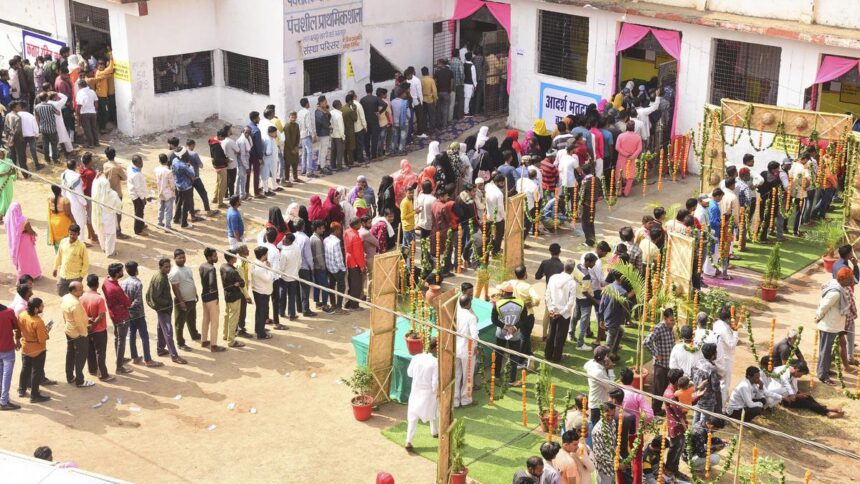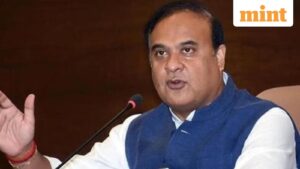The Madhya Pradesh Assembly elections were held on November 17. A comparison of various economic, social, and environmental indicators shows that Madhya Pradesh ranks in the lower half among Indian states. Furthermore, its position relative to other states has remained largely unchanged from 2015-16 to 2019-21 across many indicators.
In the realm of social indicators, Madhya Pradesh had a stunting rate of 35.7% among children (low height-for-age) in 2019-21, ranking 25th out of 30 states. The best-performing states in this metric were Kerala (23.4%), Punjab (24.5%), and Tamil Nadu (25%). Madhya Pradesh’s ranking improved by just one spot from 2015-16, when it placed 26th.
Most social indicators display minimal progress over recent years. For example, the proportion of girls and women attending school rose slightly from 64% in 2015-16 to 67.5% in 2019-21, considering those aged six and above. The percentage of underweight children improved marginally from 42.8% to 33%, while the infant mortality rate decreased slightly from 51.2 to 41.3. In terms of rankings, Madhya Pradesh’s standing for underweight children increased only two places (from 28th to 26th), and for infant mortality, it rose one spot (from 28th to 27th) among the 30 states.
A review of data from 2005-06 indicates little change in rankings over time. In that period, Madhya Pradesh occupied the lowest position in several social indicators. It no longer holds that position; in 2005-06, the state had the worst ranking for the share of wasted and underweight children, with just 28 states included in the comparison.
Madhya Pradesh’s performance in the Human Development Index (HDI) has also remained poor. In 1990, it ranked 26th out of 30 states, dropping to 27th by 2021.
The state’s economic outlook is among the worst in the country, with its ranking declining further from 1993-94 to 2021-22. Initially ranked 19th among 27 states for Per Capita Net State Domestic Product (current prices), it fell two spots by 2021-22. Notably, over half of the state’s population belongs to the lowest two wealth quintiles.
Regarding employment, Madhya Pradesh’s manufacturing sector accounts for about 7% of the state’s workforce and contributes about 9% to total Gross Value Added, ranking in the lower half nationally.
In educational indicators, Madhya Pradesh ranked over 20th out of 30 states for metrics such as enrolment in elementary, higher secondary, and college education, with a Gross Enrolment Ratio in higher education of only 21.5%.
While the state struggles economically, it performs comparatively better in environmental indicators. Madhya Pradesh generates less hazardous and plastic waste, placing it in the top half of rankings among states.
Sources: National Family Health Surveys, Global Data Lab, NITI Aayog










